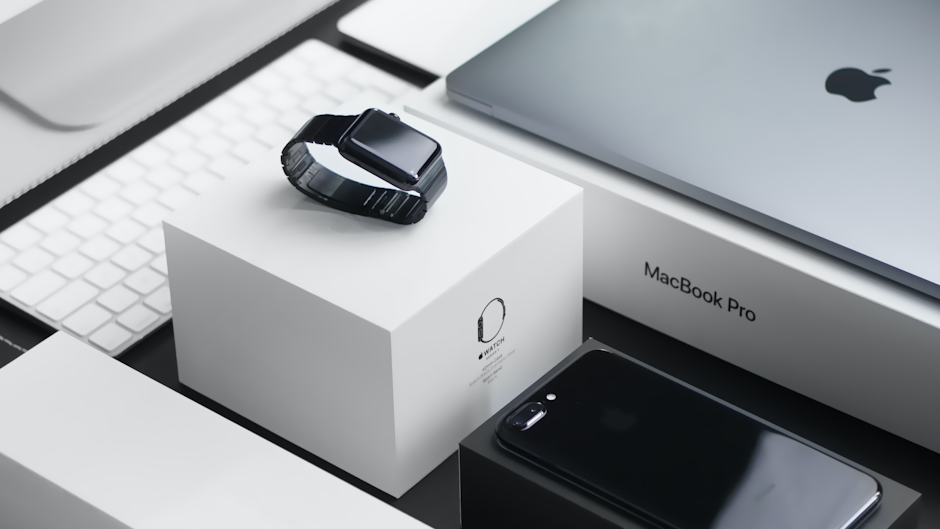Apple’s WWDC Overview - Focus on Privacy Changes
Apple kicked off their WWDC with a keynote, revealing exciting plans for the future of OS devices and smart tech and placing a strong emphasis on consumer control

Read on for our summary of the keynote, followed by a deeper review of Apple’s privacy plans, and why you need to take note.
Summary
- Smart tech is a hot topic, with a focus on seamlessly integrating life and tech where possible
- Core apps including FaceTime, Maps, Wallet, Camera and Health will receive new features for improved functionality, while the new Focus app will allow users to tailor use of their devices for different day-to-day settings
- Privacy is a key talking point, with a big emphasis on users taking control of data collection and use, prompting the rollout of more stringent, customisable security features for Mail, Safari, iCloud, and Siri
WWDC Privacy Deep-Dive
Apple are making a clear push towards consumer control of personal data, emphasising that if consumers are given transparency and control, they will reciprocate with trust. A hot topic for the future of marketing in a data-restricted world, consumer trust is becoming key to brand success, and with data privacy on the up, creating content that builds a relationship will only become more important.
We agree that control of data needs to be in the hands of the consumer. However, increased restrictions aren’t making things easy for digital marketers. Here’s how Apple are spoiling the party:
The Privacy Pillars in Focus session outlined four pillars for increasing data privacy:
- Data Minimisation: only using data you actually need
- On-Device Processing: processing data locally on-device (not on a server)
- Transparency and Control: providing users with understanding and control in how their data is used
- Security Protections: ensuring data is always protected
To minimise data collection, Apple have made changes to Safari and Mail to hide users’ data including IP addresses and email open receipts and pixels. This includes the introduction of Private Relay and Hide My Email, making it possible to hide location, web browsing behaviour and personal email addresses from everyone but the user. Apps will also need to clarify why they’re collecting user data, and a new Send Current Location will limit app location tracking.
On-device processing is already used for features including FaceID, quick-type suggestions, and health data. The latest announcements see Siri’s speech recognition move to on-device processing, meaning that users’ speech recordings are not shared externally, and server request identities are hidden.
Transparency and control of data is the key pillar for building consumer trust. To make life easier for consumers, Apple have developed a few solutions providing greater control and security of personal data. Hide My Email will allow users to provide companies with alibi emails, allowing them to still receive emails, but without the risk of their personal email addresses being shared without their knowledge. Similarly, Mail Privacy Protection will restrict email link and pixel tracking capabilities, limiting data collection to non-personal information only. Additionally, App Privacy Report will provide a breakdown of how and why apps are collecting data.
Security is largely about end-to-end encryption, which is also covered by Private Relay. Private Relay ensures encryption of users’ IP addresses from the server, while also encrypting browsing activity from local access network users, giving users end-to-end privacy while browsing. Rather than data being completely hidden from the server, it is blurred, preventing IP location pinpointing and instead providing a generic regional location IP address.
What does this mean for marketers?
Data is a marketer’s best friend, but, with privacy on the up, understanding and gaining access to your perfect prospects is only going to become more difficult. Apple certainly haven’t made the lives of businesses any easier with these updates, but it’s hard to argue against consumers taking control of their own data.
Fortunately, consumer control may not be such a bad thing. If consumers themselves control access to and use of their data, it’s likely that the brands they connect with most will be those who are given access. This means that even if your data pool reduces in size, it will surely increase in quality, making access to your ideal customers one step closer.
Conclusion
The goal of businesses going forward should be to deepen their relationships with customers. Video Content is a great way to achieve this, while platforms such as Facebook’s Business Messaging suite allow a more personal and intimate user experience, and are set to revolutionise the way businesses and consumers connect.
We’re excited by these changes, and are looking forward to seeing how business adapt to better engage with customers by develop stronger, more trusting relationships.

